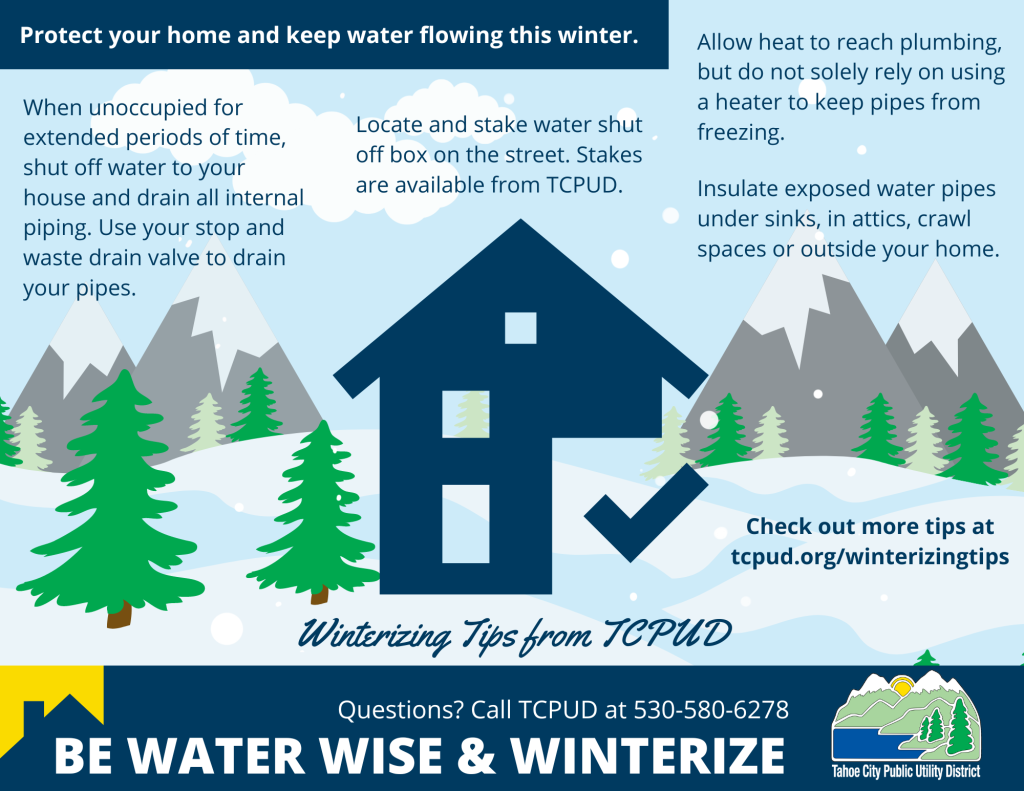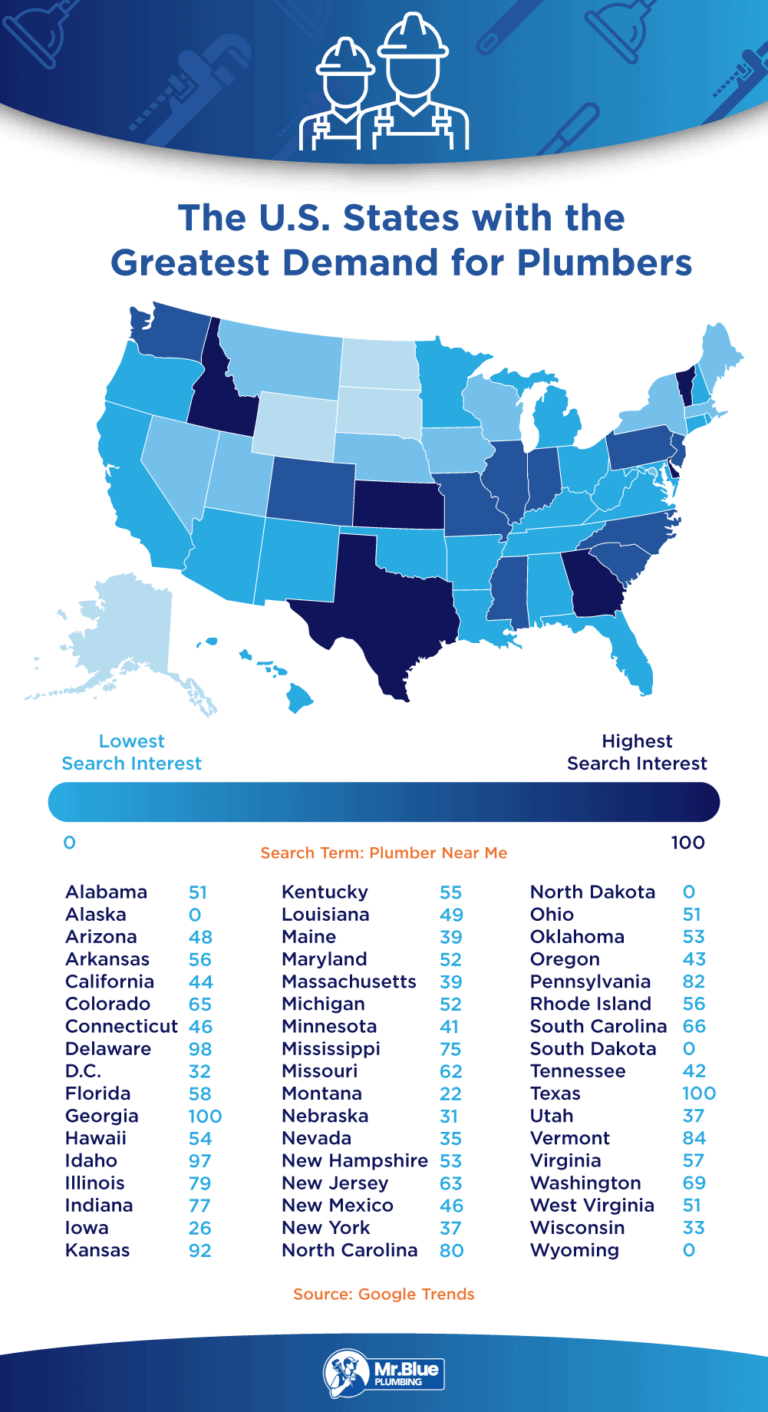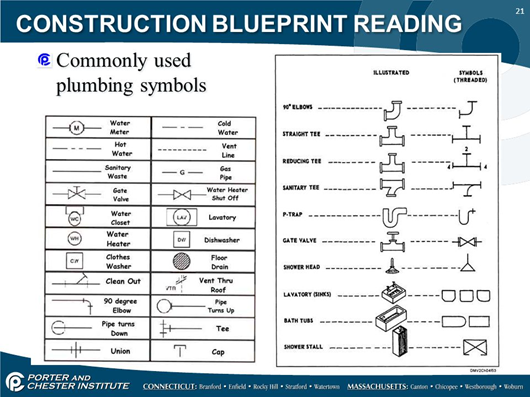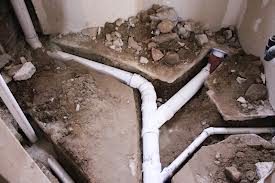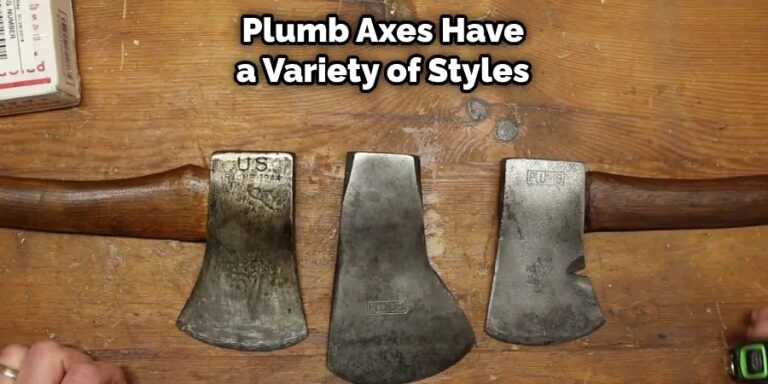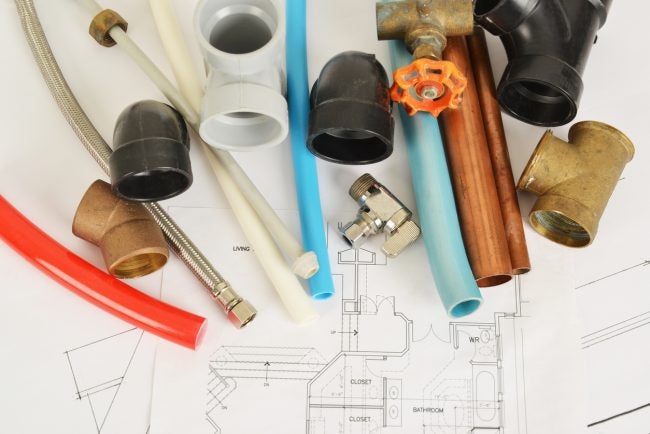How To Winterize House Plumbing?
Winterizing your home’s plumbing is an important part of protecting your home against potential damage from cold temperatures. It involves a variety of tasks, such as draining and insulating exposed pipes, checking for leaks and sealing any exposed openings. Taking the time to winterize your home’s plumbing will help protect your property and save you money in the long run. This guide outlines the steps you should take to winterize your home’s plumbing.

Identifying and Locating Existing Plumbing
Identifying and locating existing plumbing is an important task for any homeowner or contractor. It can help prevent costly repairs and ensure that any renovation or repair work is done correctly. The most important step is to identify the type of plumbing in your home. This can usually be done by looking at the pipes themselves, and determining what type of material they are made of and the type of connections they have. Once you have identified the type of plumbing, you can then locate the plumbing pipes, fixtures, and valves by tracing the pipes to their destinations. This will allow you to see where pipes are running, and how the plumbing system in your home is laid out. Knowing where your plumbing is located can help you make informed decisions when hiring a contractor, and when performing any repairs or renovations.
Insulating Hot Water Pipes
Insulating hot water pipes is an economical way to save energy and money. By preventing the heat from escaping through the pipes, you can reduce your energy costs and make your hot water last longer. Insulating your hot water pipes can help reduce heat loss, keep your water hotter for longer, and provide a more comfortable environment in your home. It is also a great way to make sure that your hot water pipes last longer and are less prone to corrosion. Insulating your hot water pipes is an easy and cost-effective way to improve your home’s energy efficiency, and save money in the long run.
Winterizing Outdoor Hose Bibs
Winterizing outdoor hose bibs is an important part of winterizing your home. It involves draining the water from the outdoor hose bibs to prevent any water from freezing in the pipes. This can be easily done by disconnecting the hose from the bib and allowing the water to drain out. It is also important to close the valve of the hose bib so that no more water can enter the pipe. Doing this can help prevent frozen pipes and other potential damage caused by freezing temperatures. Winterizing your outdoor hose bibs is a simple step that can help keep your home safe during the cold winter months.
Winterizing Water Heater
Winterizing a water heater is a critical part of home maintenance and should be done annually. This process protects the water heater from the damaging effects of cold weather. By winterizing the water heater, you can extend its life, reduce energy costs, and prevent plumbing damage. The process includes draining and flushing the water heater, checking the temperature and pressure relief valve, and insulating exposed pipes. Taking the time to winterize your water heater is a simple way to ensure that your water heater is running at its best all winter long.
Preventing Frozen Drains
Preventing frozen drains can be a challenge in cold climates. Fortunately, there are a few steps you can take to help keep your drains from freezing. First, make sure to keep your home well-insulated, to reduce the risk of cold air reaching your pipes. Secondly, keep your thermostat at a consistent temperature, to ensure your pipes don’t freeze. Lastly, use a drain snake to clear out any clogs and keep the water moving. With these tips, you can help protect your home’s pipes from the cold and keep your drains flowing freely.
Troubleshooting Frozen Pipes
Frozen pipes can be a real hassle for homeowners. While they may not seem like a big deal, frozen pipes can cause serious damage to your home, from burst pipes to flooding. That’s why it’s important to know how to troubleshoot frozen pipes quickly and effectively. With the right approach, you can thaw frozen pipes quickly and get your plumbing system back in working order. Here are some tips on troubleshooting frozen pipes: check for exposed pipes, identify the affected area, open faucets to relieve pressure, apply heat to the area, and check for leaks. With these simple steps, you can troubleshoot frozen pipes and get your plumbing system running smoothly again.
FAQs About the How To Winterize House Plumbing?
1. What steps should I take to winterize my house plumbing?
Answer: To winterize your house plumbing, you should start by draining all of your outdoor water lines, disconnecting garden hoses, and shutting off the main water supply valve. Additionally, you should open all the faucets in your home and allow them to drain completely. Finally, you should add antifreeze to all drain traps to protect them from freezing.
2. How often should I winterize my house plumbing?
Answer: Generally speaking, it is recommended that you winterize your house plumbing at least once a year. However, if you experience cold temperatures or extreme weather, you may want to winterize your plumbing more frequently.
3. What should I do if I suspect my plumbing has frozen?
Answer: If you suspect that your plumbing has frozen, it is important to act quickly to prevent further damage. First, shut off the main water supply valve and contact a professional plumber for assistance. If you are able to safely access the affected pipes, you can also attempt to thaw them with a hair dryer or heat lamp.
Conclusion
Winterizing your house plumbing is an important step in taking care of your home. By properly winterizing your home plumbing, you can prevent costly repairs and keep your pipes from freezing and bursting. Taking the time to properly winterize your house plumbing will save you time and money in the long run.

